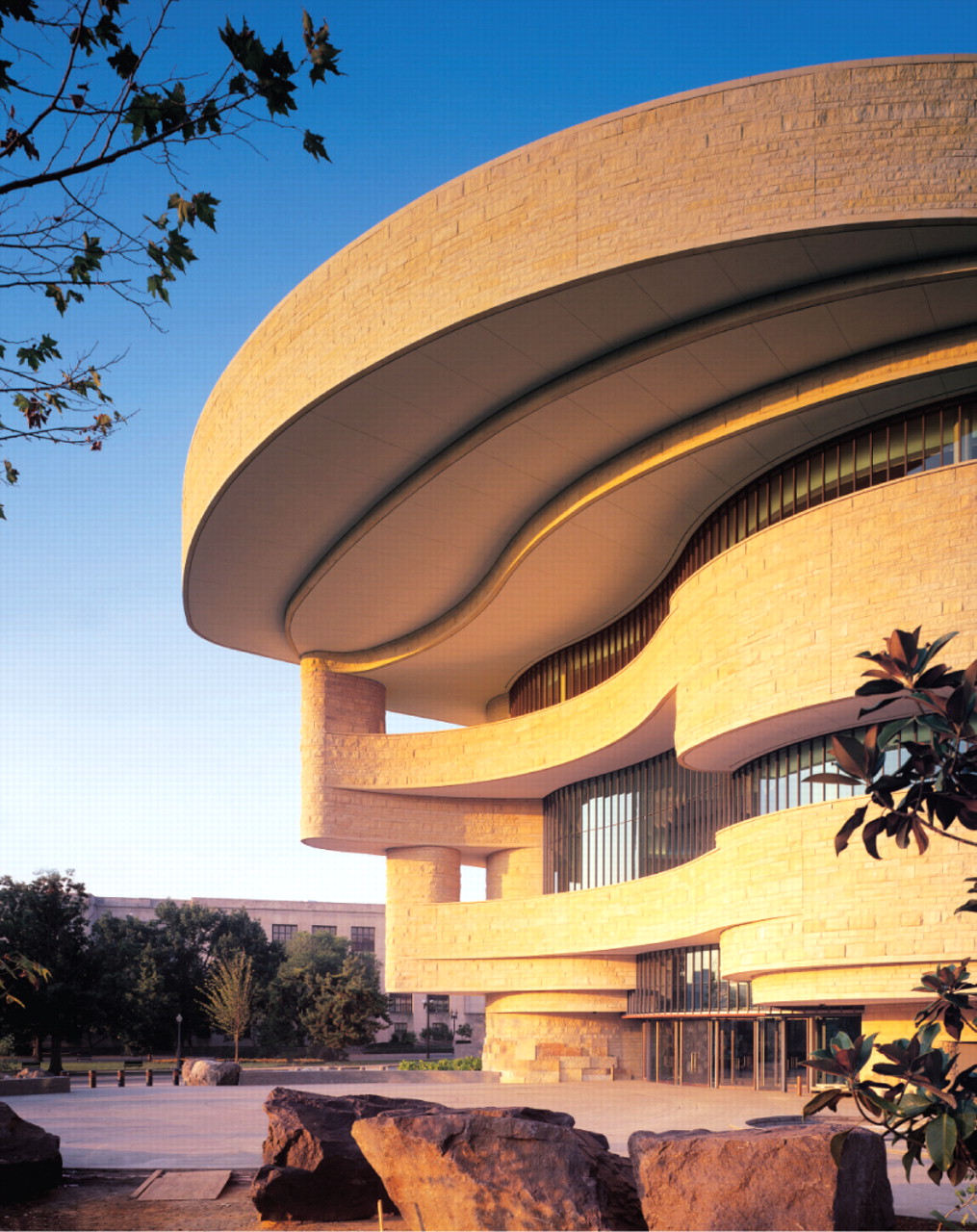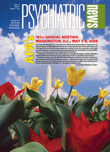Who would expect a museum to titillate your senses of smell and taste? But that is exactly what the National Museum of the American Indian will do if you visit its Native Foods Café.
Actually, the café is a food court featuring Native-American cuisines found throughout the Western Hemisphere, including the Northern Woodlands, South America, the Northwest Coast, Meso America, and the Great Plains.
Each food station depicts regional ways of life related to cooking techniques, ingredients, and flavors found in both traditional and contemporary dishes. You can purchase food from the various regions, then take a seat in the café, which looks onto a spectacular Native-American habitat. Then you might exclaim “Mitsitam!,” which means“ let's eat” in the languages of the Delaware and Piscataway peoples. “I had the corn pone, acorn squash, and hibiscus aqua fresca and was astounded at how utterly simple and delicious every item was,” one museum visitor reported.
After you've enjoyed this unique culinary experience, you can take in the museum's exhibits exploring various aspects of Native-American life.
One of the permanent exhibits, “Our Universes: Traditional Knowledge Shapes Our World,” focuses on cosmology—the worldviews and philosophies related to the creation and order of the universe—and the spiritual relationship between mankind and the natural world. Organized around one solar year, the exhibit explores the annual ceremonies of Native peoples as a window on ancestral Native teachings. Under a “night sky” of fiber-optic stars and constellations, you can discover how celestial bodies shape the daily lives and establish the calendars of ceremonies and celebrations of native peoples today.
Another of the museum's permanent exhibits, “Our People: Giving Voice to Our Histories,” explores events that shaped the lives and outlook of Native Americans from the 15th century to the present. The Seminole tribe of Florida, the Tapirape of Brazil, the Kiowa Nation of Oklahoma, and other tribes reflect on their past and on events that have shaped them as distinct peoples.
Yet a third permanent exhibit, “Our Lives: Contemporary Life and Identities,” examines the identities of native peoples in the 21st century and how those identities, both individual and communal, are being shaped by deliberate choices made in challenging circumstances. The Kumeyaay Indians of California, the Urban Indians of Chicago, the Pamunkey Indians of Virginia, among others, contribute to this telling.
The museum also hosts temporary exhibits. One that will run through August is an exhibit of Native-American dresses—“beautiful and exquisite dresses that will make you sigh and that will move your heart and spirit,” one museum visitor noted.
The museum likewise has a circular theater called the Lelawi Theater. It offers a dazzling multimedia experience designed to prepare visitors for the themes and messages that they will encounter during their museum visit.
Yet the heart of the museum is the Potomac, a central gathering place where visitors can enjoy live presentations—say, the building of canoes and kayaks—as well as social events. The word “Potomac,” which comes from the Piscataway word meaning “where the goods are brought in,” honors the native peoples of the Washington, D.C., area.
MORE INFORMATION
National Museum of Natural History
10th Street, N.W., and Constitution Avenue, N.W., (202) 633-1000, www.mnh.si.edu/
National Air and Space Museum
Independence Avenue, S.W., at 6th Street, S.W., (202) 633-1000, www.nasm.si.edu/
National Museum of the American Indian
Independence Avenue, S.W., at 4th Street, S.W., (202) 633-1000, www.nmai.si.edu/
Anacostia Community Museum
National Postal Museum
2 Massachusetts Avenue, N.E., (202) 633-5555, www.postalmuseum.si.edu/
Information about all the Smithsonian museums can be accessed at<www.si.edu>. Note that the National Museum of American History is closed for renovations. ▪

